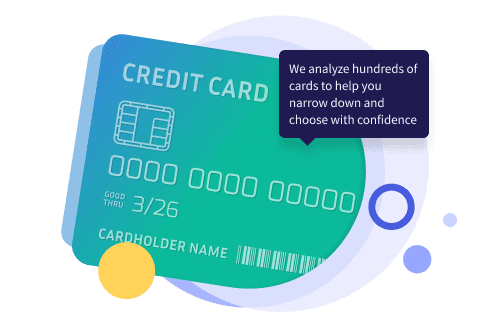The best credit cards for students offer perks like cash back on everyday purchases, no annual fees and a friendly APR. It also helps you understand your spending and provides a free FICO score update.
Compare different cards based on fees, interest rates, rewards and credit-building capabilities. Choose a card that matches your spending habits while establishing a solid credit history.













